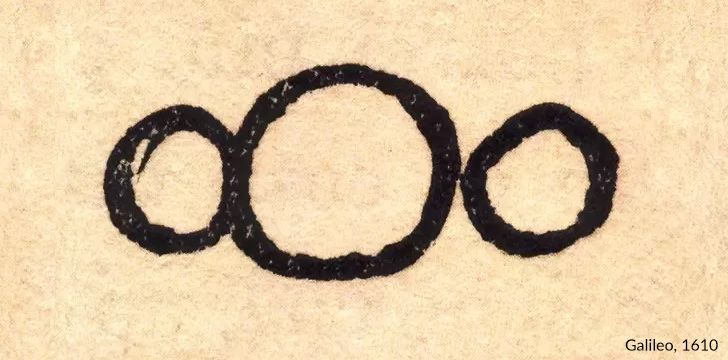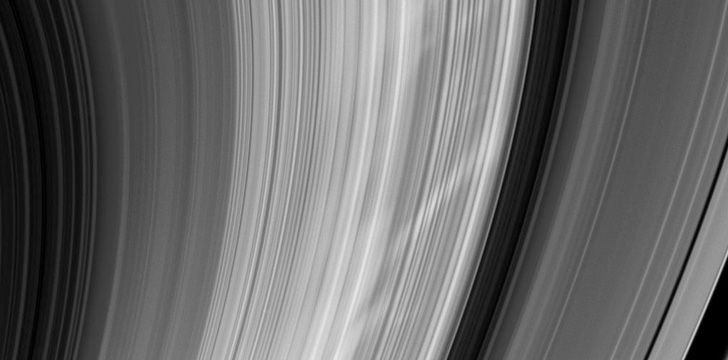Top 5 Fascinating Facts About Saturn’s Rings

Saturn, like the other gas giants in our Solar System, has rings – but the one thing that differentiates Saturn from his gaseous siblings is the sheer outstanding beauty its rings possess.
Comprising of mainly hydrogen and helium, this planet can hold 22,600 of our tiny moon inside its gargantuan reach.
And this doesn’t even compare the size of the rings and even with this enormous size.
If there was a large enough bath of water the planet would actually float.
But we’re not here to look at Saturn we’re here to look at its rings, and more specifically we’re going to look at 5 mind-blowing facts about the big orange gas ball high above us.
Saturn’s rings are made of ice, rock & dust.

Saturn’s rings are made up of nothing more than chunks of ice and rock encircling the giant in a swirling wind that’s capable of reaching 1,100 mph.
These chunk range from a grain of sand to a mere 30 ft (10 meters) wide, but can span thousands of miles from the planet itself.
The chunks are thought to be the remains of comets, asteroids and other space debris caught in the pull of the planet.
Did you know that the largest ring stretches 200 times that of the diameter of Saturn?!
The Cassini-Huygens spacecraft, launched in 1997, was the first of NASA’s probes to actually reach Saturn’s orbit doing so in July 2004.
NASA’s spacecraft found some ground-breaking new information about the rings of Saturn:
The rings themselves contained vertical clumps of rock reaching over 2 miles (3 km) high, and this hushed the common idea that the rings contained small singular particles.
The rings are named alphabetically based on when they were discovered.
To date the rings have only reached G but working from the planet out, the letters go D, C, B, A, F, G, E.
With the D ring being a very faint ring and the E ring capable of fitting almost 2 billion Mars’.
Most of these are very close together, this is with one exception, B and A, these rings are 2,920 miles (4,700 km) apart
This is down to a phenomenon known as the Cassini Division.
For such enormous rings, they’re relatively small.

As mentioned before the largest ring span 200 times that of the diameter of Saturn, but the average ring is only around 100 yards thick.
This ultra-thin nature is caused by the particles striking together and dropping down as those particles at the top tend to have a lot more energy than those closer to the ring’s center.
As these particles crash the energy is lost and they drop lower into the ring giving it a thinner range.
Saturn’s rings were originally thought to be more like ears on the side of the planet.

When Saturn’s rings were first discovered in 1610 by every astronomer’s old friend Galileo, he thought they looked more like ears or handles than rings.
It took almost 50 years for the real discovery of Saturn to become apparent when in 1656 Christiaan Huygens discovered the ears weren’t, in fact, arm-like but circled the planet in a thin ring.
As the years went on, we learned more and more about our gaseous friend, including the fact that the “thin ring” mentioned was actually a range of rings.
Spinning spokes in Saturn’s rings.

If Saturn’s rings wasn’t enough of a scientific mystery, scientists then discovered a phenomenon known as “Spokes”.
These Spokes are strange markings that appear across the rings in minutes, and last a few hours at most before disappearing.
They were first recognized by the Voyager Spacecraft, and again in 1981 by Voyager 2.
The markings themselves are stopped from forming if sunlight hits the rings, a feature that baffled the Cassini craft in 2004 as they were photographing the rings when they were in the sun.
Read full here: https://topfactsite.com/top-5-fascinating-facts-about-saturns-rings/



